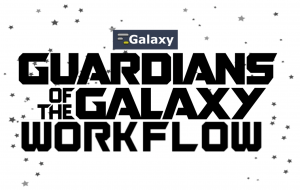
While the Guardians of the Galaxy film franchise has just released its second film, the GigaScience Galaxy series has just published its 10 th , 11 th and 12 th papers.

While the Guardians of the Galaxy film franchise has just released its second film, the GigaScience Galaxy series has just published its 10 th , 11 th and 12 th papers.
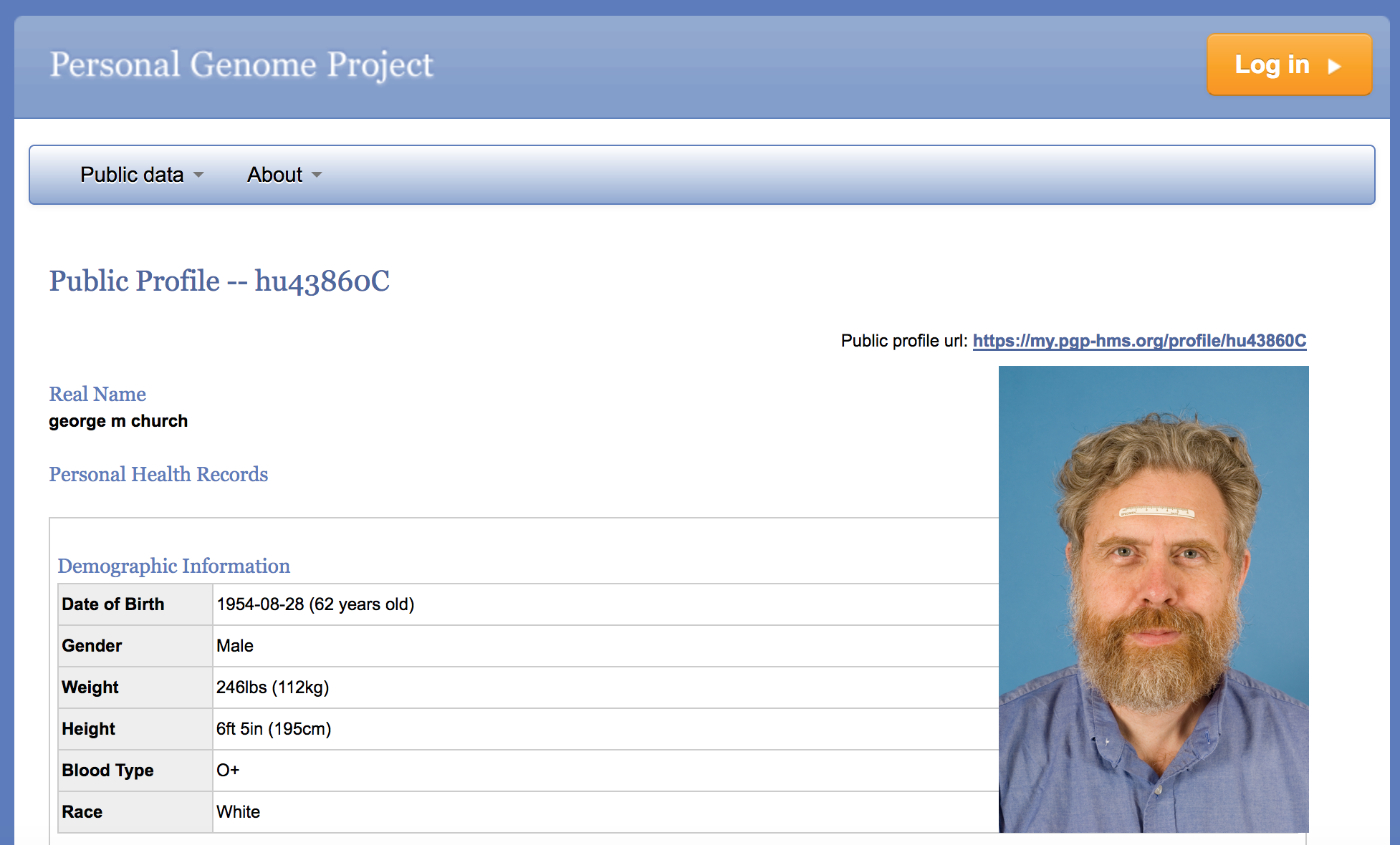
Open data is a critical component of the scientific method, but genomes are both identifiable and predictive.
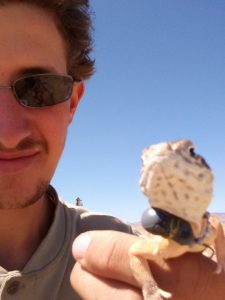
Taylor Noble As the ecology community expands, it is now adopting new ways of making sense of the plethora of data produced from diverse approaches, including ocean research, eco-genomics, limnology, and macrosystems ecology, through more integrative means – improving our understanding of biology in a broader sense.
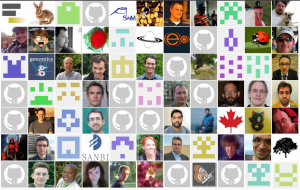
Björn Grüning modelling one of our t-shirts. Nowadays, massive amounts of diverse data are generated in biomedical research. To manage it and extract useful information, bioinformatic solutions are needed and software must be developed. The development of a tool should always follow a similar process.

Building an open, community-supported, e-infrastructure for medical metabolomics data. The European Union’s Horizon 2020 research and innovation programme is funding the PhenoMeNal (Phenome and Metabolome aNalysis) project that aims to support data processing and analysis pipelines for molecular phenotype data generated from metabolomics applications.
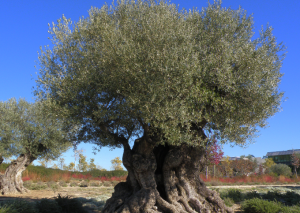
Teams of scientists from Spain have published the first complete genome of the olive tree. The specimen sequenced is of the Spanish Farga variety, and is over 1,200 years old.

Following our announcement this month of a new collaboration and integration with protocols.io, we’ve gone into more detail on the first two papers that have utilised this open access repository of scientific methods and collaborative protocol-centered platform.
GigaScience recently published an article all about a Genotype Investigator for Genome-Wide Analyses, alternatively known as Gigwa. But what is this and how can it help? Guilhem Sempere explains more in a guest post. Exploring the structure of genomes and analyzing their evolution is essential to understanding the adaptation of organisms to biotic and abiotic environments.
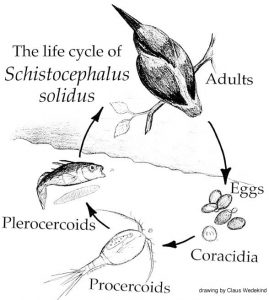
Schistocephalus solidus is as an emblematic study system in parasitology, first discovered by Peter Christian Abildgaard as far back as 1790, as having an extremely complicated life-cycle with multiple developmental states and host species (parasitizing crustaceans, fish and birds). Its fitting that such a classical model system has been used to showcase novel mechanisms of crediting and sharing research protocols in a reproducible

** GigaScience has Tapeworms and Scabies! And Reproducible Research. **While there has been recent controversy (and hashtags in response) from some of the more conservative sections of the medical community calling those who use or build on previous data “research parasites”, as data publishers we strongly disagree with this.